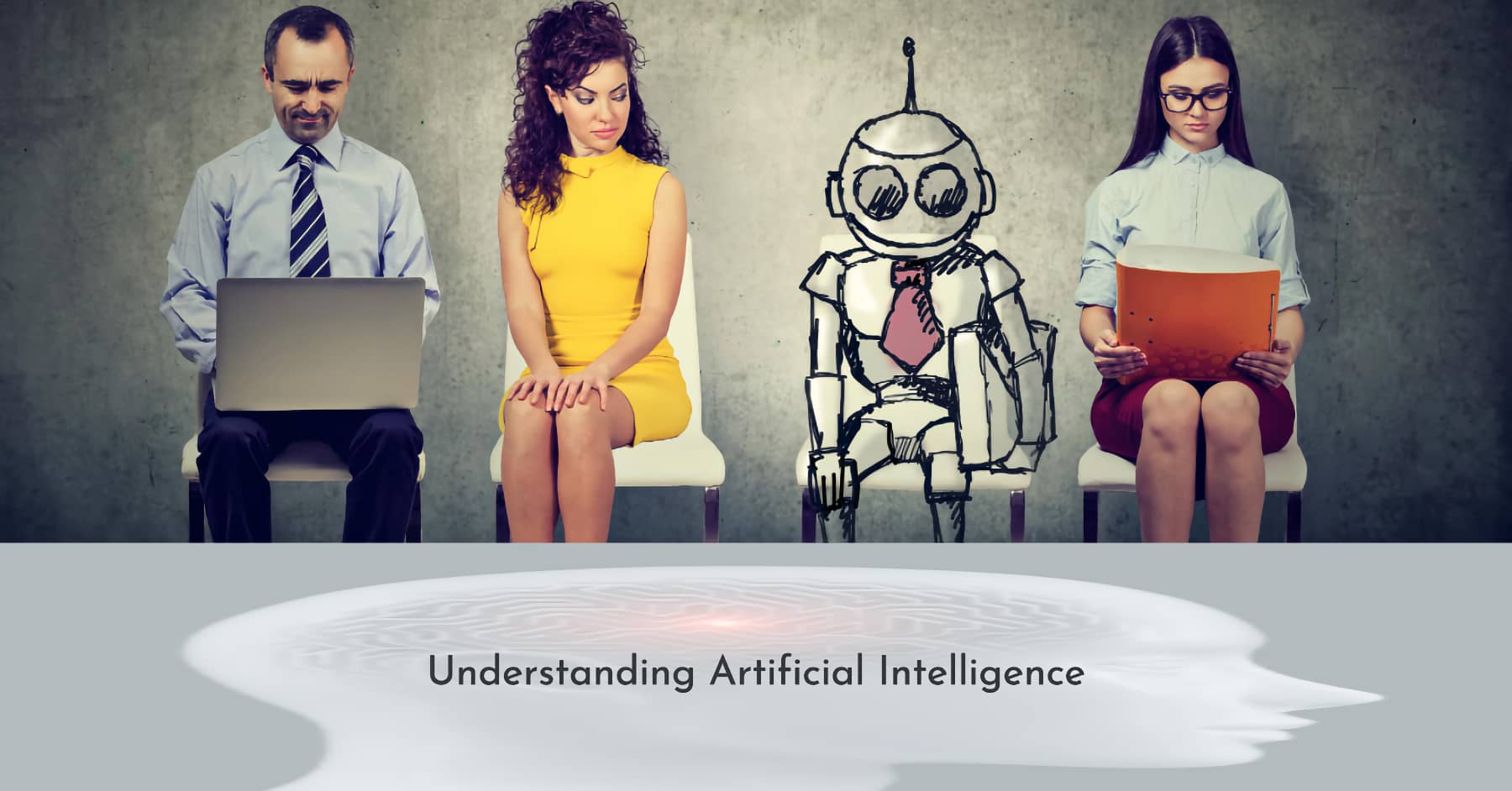Artificial Intelligence (AI) - a term that is reshaping the contours of technology and redefining the boundaries of human capabilities. As we stand on the precipice of a new era, it is imperative to understand this transformative force that is changing the way we live, work, and interact.
In its essence, Artificial Intelligence refers to the ability of a machine or a computer program to think and learn. It is a broad field of study that seeks to emulate human intelligence in machines that are programmed to think like humans and mimic their actions.
From the voice assistants that wake us up in the morning to the autonomous cars that may soon take us to work, AI is no longer a futuristic concept confined to the realms of science fiction. It is here, it is now, and it is intricately woven into the fabric of our everyday lives.
Artificial Intelligence, in the simplest terms, refers to the simulation of human intelligence processes by machines, particularly computer systems. It involves the creation and application of algorithms that enable machines to replicate human behavior and capabilities, such as learning, problem-solving, perception, and linguistic intelligence. The evolution of AI, from a theoretical concept to a practical tool, is a testament to technological advancement and human ingenuity.
However, a thorough understanding of AI is not complete without dispelling certain misconceptions. While popular culture often presents AI as humanoid robots capable of mimicking human emotions and thought processes, the reality is more nuanced. AI spans a broad spectrum, from systems that perform specific tasks such as voice recognition (known as narrow AI) to hypothetical systems that outperform humans in virtually every economically valuable work (referred to as superintelligent AI).
This article aims to demystify the concept of AI, delve into its core components, elucidate its workings, and explore its real-world applications and implications. Whether you are a seasoned tech enthusiast, a curious observer, or a forward-thinking innovator, this comprehensive guide offers insights into the fascinating world of AI.
So, let's embark on this journey of understanding AI - a journey that promises to be as enlightening as it is exciting. As we unravel the complexities of AI, we will also uncover its potential to transform our future and redefine what is possible.
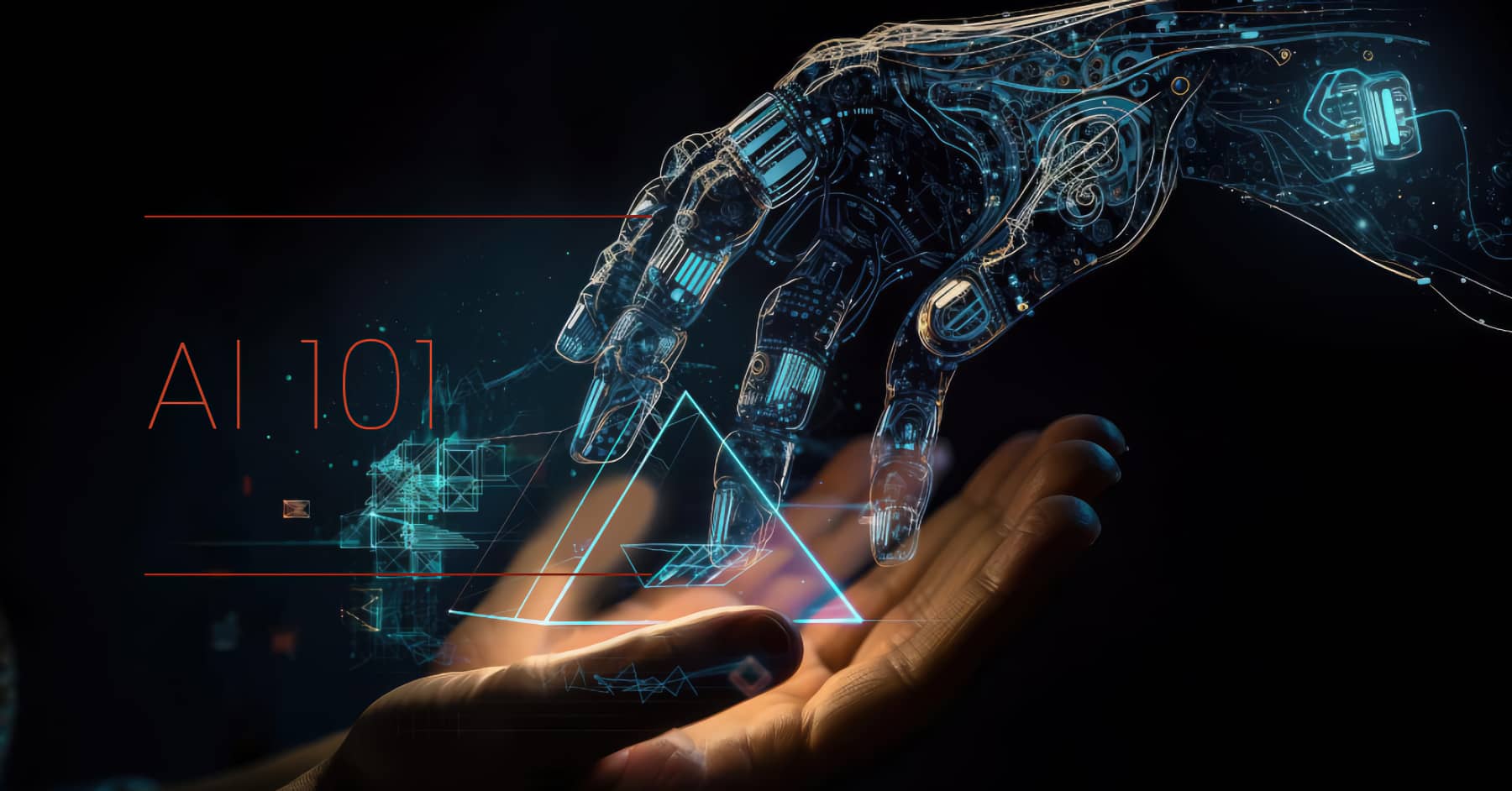
What is artificial intelligence: The Basics of AI
Artificial Intelligence is a multidisciplinary field that combines elements from a variety of areas including computer science, psychology, linguistics, philosophy, and neuroscience. But at its core, AI is fundamentally about creating machines that can perform tasks which would normally require human intelligence. This includes tasks such as interpreting natural language, recognizing patterns, and making decisions.
There are three forms of AI:
Narrow AI: These are systems designed to carry out specific tasks, such as voice recognition, recommendation systems or image recognition. They operate under a limited set of constraints and are only as intelligent as the programming they have been given. Examples include Siri, Alexa, and Google Assistant.
General AI: These systems, also known as strong AI, possess the ability to perform any intellectual task that a human being can do. They can understand, learn, adapt, and implement knowledge in a way similar to human intelligence. However, this form of AI remains largely in the realm of science fiction.
Superintelligent AI: This hypothetical AI surpasses human intelligence across most economically valuable work. It could outperform humans in nearly every task.
For a deeper dive into how these AI forms can interact with data, take a look at our blog post on unifying LLMs and knowledge graphs.
Often, when people talk about AI, they are actually referring to narrow AI. This is the AI that exists in our world today, driving our cars, powering our voice assistants, and recommending what to watch or buy next.
Here are some common examples of AI that we encounter in our daily lives:
AI Application | Example | Brief Description |
|---|---|---|
Virtual Personal Assistants | Amazon's Alexa, Google Assistant, Apple's Siri | Assist in performing tasks such as setting alarms, searching the internet, or making appointments using voice commands |
Social Media Services | Facebook, Instagram | Use AI to curate personalized content and recommend posts/accounts |
Email Filters | Gmail, Outlook | Use AI to filter spam and important emails based on past interactions |
Online Shopping Recommendations | Amazon, eBay | Use AI to recommend products based on browsing and purchase history |
Navigation and Travel | Google Maps, Waze | Use AI to analyze real-time traffic data and provide the fastest routes |
Autonomous Vehicles | Tesla, Waymo | Use AI to interpret sensory data for navigation and detecting obstacles |
Smart Home Devices | Nest Learning Thermostat | Use AI to learn daily patterns and automatically adjust home's temperature |
Personal Fitness | Fitbit, Apple Watch | Use AI to monitor health and fitness data, providing insights and personalized workout plans |
Music and Movie Recommendations | Spotify, Netflix | Use AI to recommend music and movies based on listening and viewing history |
Fraud Detection | Banks and Credit Card Companies | Use AI to monitor transaction data and detect unusual patterns indicating fraudulent activity |
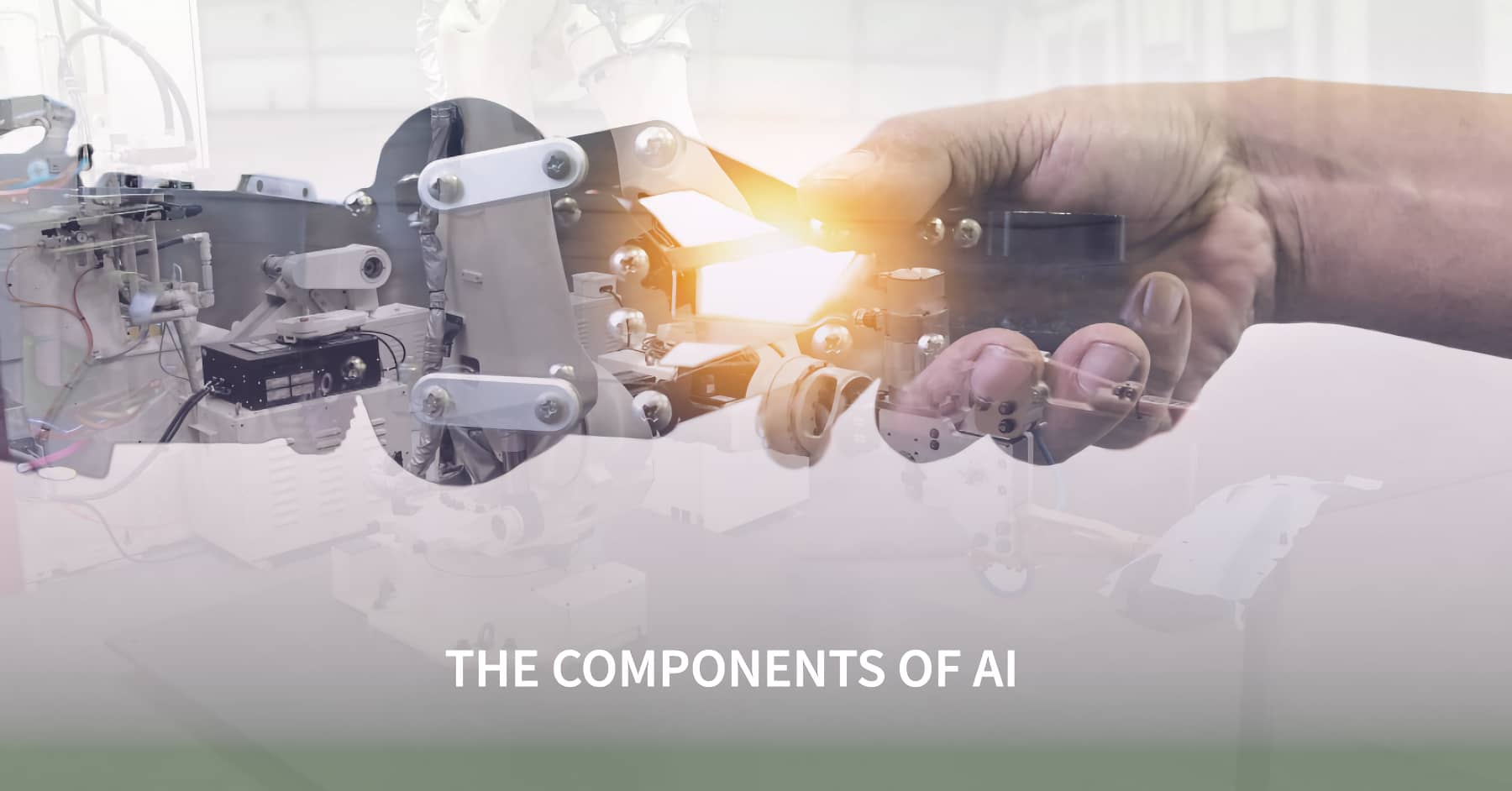
The Components of AI
AI is a broad field that encompasses several components, each playing a crucial role in building intelligent systems. Here are the key components of AI:
Machine Learning (ML): This is a subset of AI that involves the development of algorithms that allow computers to learn from and make decisions or predictions based on data.
Deep Learning: This is a subfield of machine learning that imitates the workings of the human brain in processing data for use in decision making. One critical aspect of this process is word embedding in NLP, which helps the AI understand and process language.
Neural Networks: These are a series of algorithms that are designed to recognize patterns. They interpret sensory data through a kind of machine perception and label or cluster raw input.
| Machine Learning | Deep Learning |
|---|---|---|
Definition | A subset of AI that uses algorithms to parse data, learn from it, and make predictions. | A subset of Machine Learning that mimics the neural circuits of the human brain to learn from large amounts of data. |
Data Needs | Works well with small to medium-sized datasets. | Requires large amounts of data for high accuracy. |
Processing | Doesn't require high-end machines. | Requires powerful machines and much more computational power due to the complexity of the computations. |
Decision Making | Often requires guidance to determine features in the data that are useful to learn. | Can learn important features from the data automatically. |
Applications | Used in various applications like online recommendation systems, email spam filters, etc. | Primarily used in fields that require feature recognition like image or speech recognition. |
These networks often rely on embeddings to process and understand data.
In the next section, we will delve into these components further and explore how AI works in more detail.
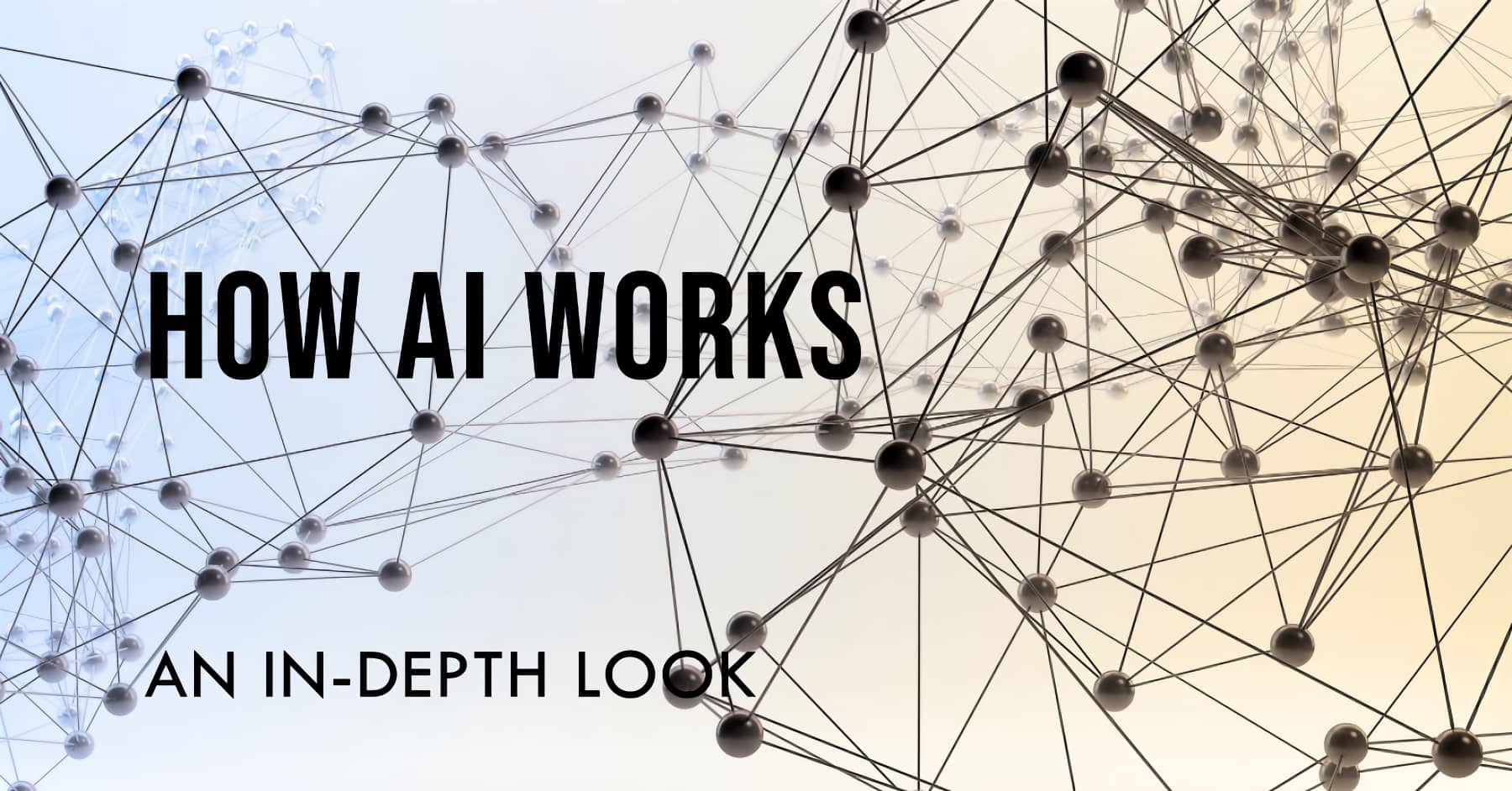
How AI Works: An In-depth Look
Artificial Intelligence operates on the foundation of data. With data at its core, AI utilizes advanced algorithms and computational power to learn from the information it processes. The more data an AI system is exposed to, the smarter it becomes. For a more detailed understanding of this process, check out our guide on AI data preparation.
To understand the inner workings of AI, we need to delve into the process of how an AI model is trained. The training of an AI model involves feeding it with a large amount of data, allowing the system to learn patterns and make predictions based on these patterns. The model is then tested with new data, and adjustments are made until the desired level of accuracy is achieved.
However, not all AI systems learn the same way. The concept of learning in AI can be categorized into four types:
Supervised Learning: Here, the AI is trained using labeled data. It involves input-output pairs where the desired output (the label) is known. The goal is to learn a general rule that maps inputs to outputs.
Unsupervised Learning: This involves training the AI with no labels at all. The system tries to find structure in the input, like grouping or clustering of data points.
Semi-Supervised Learning: This is a combination of supervised and unsupervised learning. The AI is trained with a large amount of unlabeled data and a small amount of labeled data.
Reinforcement Learning: In this type of learning, an agent learns to behave in an environment by performing actions and discovering errors or rewards. It's like learning by trial and error.
To further explore the capabilities of AI, consider reading our article on how to use ChatGPT.
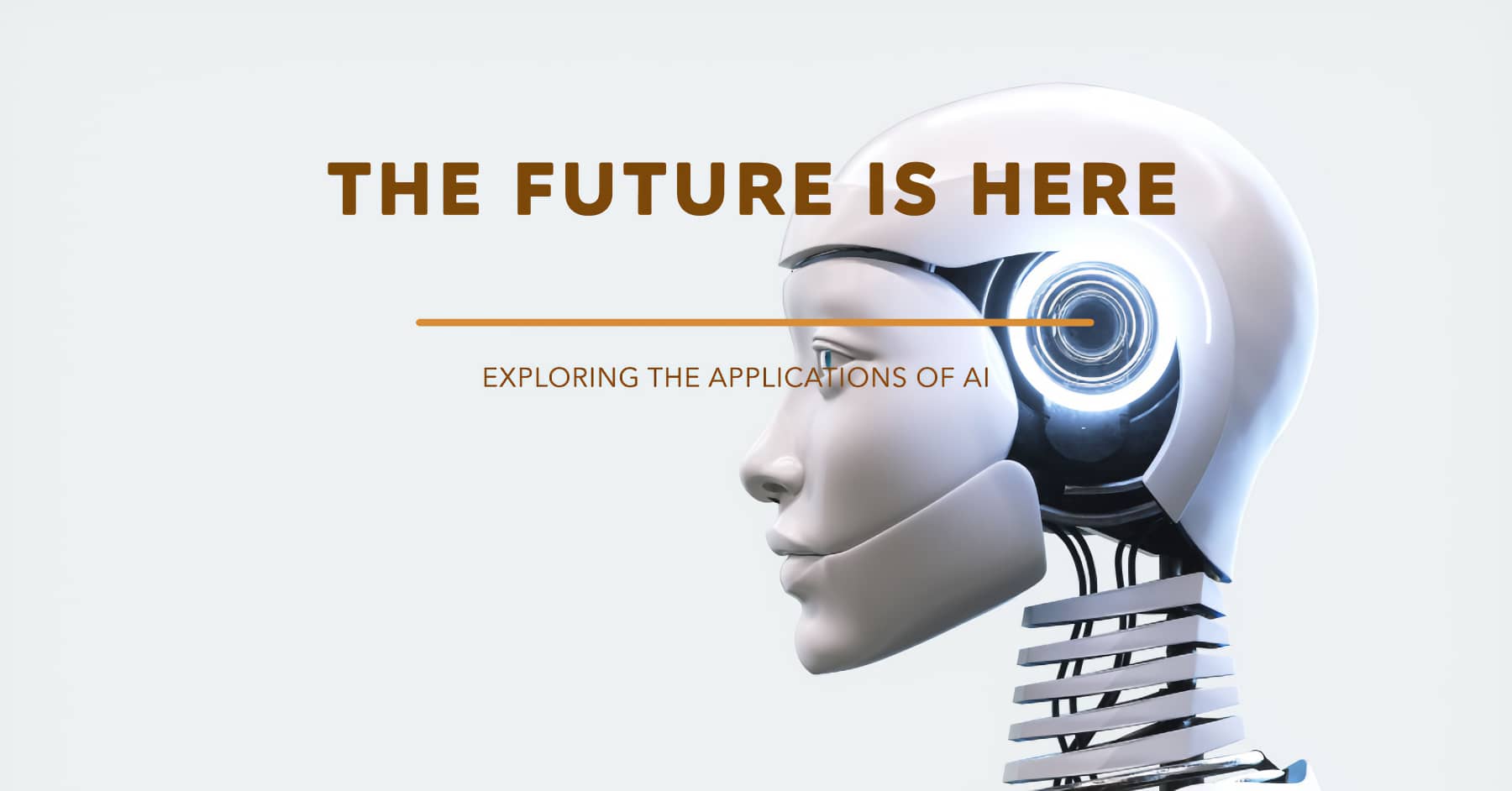
Applications of AI
The applications of AI are vast and ever-growing. From healthcare and finance to retail and entertainment, AI is transforming various industries and creating new opportunities.
If you are interested in creating your own AI system, learn how to build an AI chatbot with a custom knowledge base.
In healthcare, AI is used for predicting disease outbreaks, drug discovery, patient care, and personalized medicine.
In the finance sector, AI helps in fraud detection, risk management, and providing personalized banking services.
The retail industry uses AI for inventory management, customer service, and predicting consumer behavior.
In entertainment, AI is used for content recommendation, gaming, and enhancing user experience.
These applications are just the tip of the iceberg, and the potential of AI is immense as we continue to explore and harness its capabilities.
For a more streamlined search experience within your business, consider implementing an AI-powered enterprise search.

The Impact of AI
The transformative power of AI is undeniable. By automating tasks, enhancing productivity, and generating deep insights, AI is revolutionizing the way businesses operate and society functions.
AI's impact is seen across various sectors:
Industries Transformation: AI is not only streamlining operations but also reinventing business models. In manufacturing, AI-powered robots are increasing efficiency and reducing errors. In the service sector, AI chatbots are revolutionizing customer service.
Social Implications: AI is also influencing societal aspects. One such application is in the creation of a personal knowledge management system. From shaping social media feeds to autonomous vehicles, AI is changing the way we live. However, it also raises concerns about privacy and security.
Ethical Considerations: AI has brought forth several ethical considerations. Issues like algorithmic bias, job displacement due to automation, and the decision-making transparency of AI systems are topics of ongoing debate.
While AI holds immense potential, it also demands careful and ethical use to ensure its benefits are widespread and its risks mitigated.
Looking Ahead: The Future of Artificial Intelligence
AI is more than just a buzzword; it's a force reshaping our world. As AI continues to evolve, it promises to revolutionize many aspects of our lives, from the way we work and play to how we learn and communicate.
However, as we move forward, it's essential to approach AI with a blend of curiosity, understanding, and caution. The ethical considerations raised by AI demand our attention, ensuring that as we harness the power of this technology, we do so responsibly.
The future is AI - a future that requires our continued exploration and understanding. As we continue to unlock AI's potential, we can look forward to a world where AI enhances our capabilities and opens up new possibilities.
So, let's continue to learn, explore, and innovate in this exciting field of artificial intelligence. The journey of AI is only just beginning and promises to be a fascinating one.For those looking for alternatives to popular AI systems, our guide on alternatives to ChatGPT is a great place to start.
